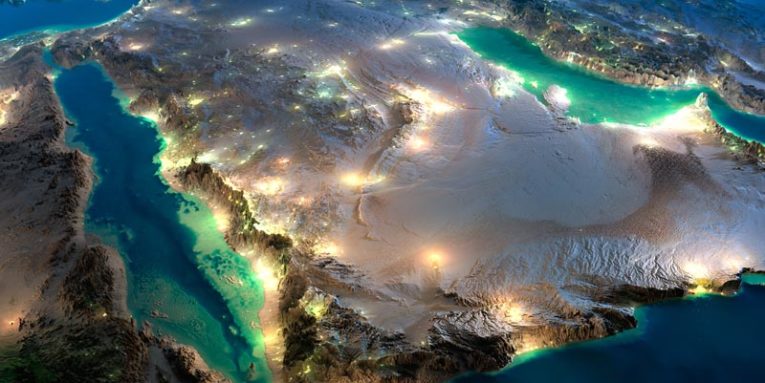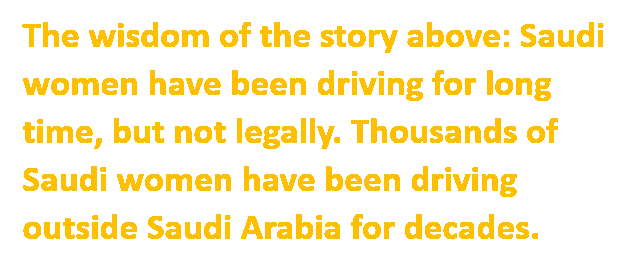The Impact of Allowing Women to Drive in Saudi Arabia on Auto Sales and Gasoline demand

Anas Alhajji
- The new policy might lead to switch from larger cars to smaller cars, but net car sales might not change much.
- The new policy might reduce gasoline demand
A small Toyota truck with a small water tank in the back pulled up, stopped next to the large water pump. The women driver exited the car, grabbed the hose, turned the faucet on, and started filling up the water tank. Her two children were looking out of the truck window. It was very clear that they were accustomed to this.
That was in 1981 when I was a young man building wire fences around several water wells in the desert that provide fresh water for Riyadh, Saudi Arabia. I found out that it was a daily routine for several women to drive their cars, mostly Toyota trucks, to get fresh water. As we moved from water well to another in the desert, it was clear that most of the cars roaming around were driven by women. In many cases with their children. Over a period of few months, I saw women driving and the men were in the passenger seat.
While most of the Bedouin communities have settled in various towns and cities since then, many women still drive their cars in the desert. So why allowing them to drive legally should increase the demand for cars or gasoline?
Many of the working women and college-age girls have their own cars but driven around by a driver. Most drivers are from East Asia. Filipino drivers are common. So why allowing women to drive should increase car sales or gasoline demand?

Gasoline Demand Might Decline
In fact, allowing women to drive might reduce the demand for gasoline. The existence of the foreign driver often meant a large car, Suburban, in many cases. Now women might prefer to drive smaller cars, leading to lower consumption of gasoline.
While parking will be a nightmare after allowing women to drive, those foreign drivers will not be roaming the streets waiting for women to finish their job or shopping. Drivers will not park on the side of the road while the car is running (they keep them running because they need the AC). This will also reduce the demand for gasoline.
Carpooling is common in Saudi Arabia among those who work together out of town. Allowing women to drive does not mean that everywoman will own her car or use her car to go to work. This will also prevent an increase in gasoline demand. In fact, given the conservative nature of the Saudi society, carpooling activities among women might increase when a women is driving.
Many women depends on Uber, Kareem, and taxies for transportation. Allowing women to drive will reduce the demand for such services, with some experts projecting decline by up to 40% in demand for such services when the impact of the new policy is fully implemented. With this substitution in mind, it hard to see a major increase in net auto sales and increase in gasoline demand after allowing women to drive.
Conclusion
The impact of allowing women to drive on net car sales and gasoline consumption is limited. end













Comment